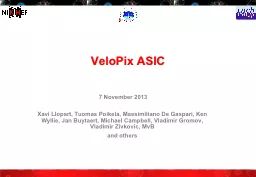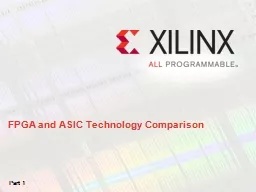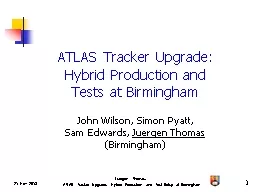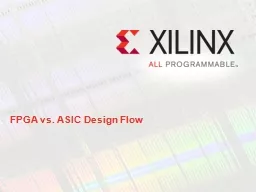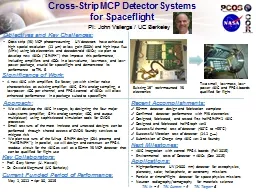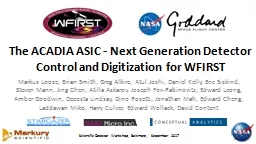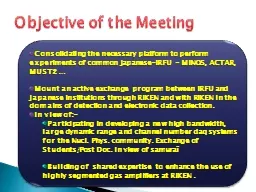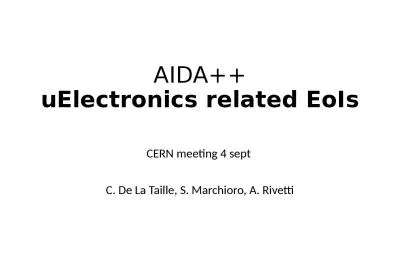PPT-VeloPix ASIC 7 November 2013
Author : gristlydell | Published Date : 2020-06-30
Xavi Llopart Tuomas Poikela Massimiliano De Gaspari Ken Wyllie Jan Buytaert Michael Campbell Vladimir Gromov Vladimir Zivkovic MvB and others outline
Presentation Embed Code
Download Presentation
Download Presentation The PPT/PDF document "VeloPix ASIC 7 November 2013" is the property of its rightful owner. Permission is granted to download and print the materials on this website for personal, non-commercial use only, and to display it on your personal computer provided you do not modify the materials and that you retain all copyright notices contained in the materials. By downloading content from our website, you accept the terms of this agreement.
VeloPix ASIC 7 November 2013: Transcript
Download Rules Of Document
"VeloPix ASIC 7 November 2013"The content belongs to its owner. You may download and print it for personal use, without modification, and keep all copyright notices. By downloading, you agree to these terms.
Related Documents

